5 Ways to Improve Your Quilting with Accountability & Routine
In this blog post, we're tackling a big subject — tips for how routines and accountability can help improve your quilting. If you’re like me, you spend a lot of time alone quilting and pursuing other crafty passions. That means there’s no one there to notice patterns that adversely affect your efficiency, or to make sure you follow through on your plans and commitments.
That’s not entirely bad! After all, you’re probably not trying to commodify your craft — quilting for the most part is meant to be an enjoyable hobby, not a supremely efficient pursuit. Even for professional quilters, too much focus on efficiency can deplete creative energies and make work feel stale.
But as a wellness coach for makers (many of whom are quilters), I’ve worked with many clients who wish they could make more out of the time they have for creativity. Over the years, I’ve learned five ways routine and accountability can improve your quilting and other creative work. Let’s dive in!You May Also Like...
Tip 1: Routines Boost Your Quilting Efficiency
For those of us who work, have families, and try to stay crafty, efficiency is essential. Establishing routines can help you make the most of your time.
For example, let’s say your sewing space is often cluttered, making it hard to find things you need. (I know mine sometimes is!) How much time do you estimate you spend each week hunting for a particular scrap of fabric or specialty tool? Be honest: Have you ever had to re-purchase something you lost, only to discover the original later? That can add up to a lot of wasted time and money.
In this example, a tidy-up routine could make a huge difference. First, choose a time of day that coincides with your less-creative hours (for me, that’s at night, when it’s dark out and I’m tired). Commit to a small amount of tidy-up time (10 minutes is a good start) and set a timer (this one is my fave). When the timer goes off, stop — or if you’re at a bad place to pause, set another timer for five more minutes. Stopping is key; if you clean non-stop the first time and get worn out, you’ll feel disincentivized to make it into a daily routine.
Trending patterns!
This kind of routine becomes more effective with repetition. Over time, you’ll have less daily tidying-up to do, you’ll be able to find all your stuff, and you’ll waste less time and money.
Tip 2: Routines Become Habits that Boost Creativity
Let’s get to the heart of our craft: creativity. We all want to feel more vibrant, energized, and overflowing with ideas, right? It might surprise you to learn that building more routines into your practice can boost creative energy and improve your quilting.
Here are some examples:
- Wish you had more original ideas for designing quilts? Commit to taking five inspiration photos each day. Block out some time to think about how you could incorporate shapes, lines and colors you see into quilts. Bonus points for combining your search for inspiration photos with a daily walk to boost fitness.
- Want to explore improv quilting? Take a page from Victoria Findlay Wolfe’s book and schedule 15 minutes a day to play with fabric.
- Craving creative partnerships with friends? Join a bee (or other kind of swap) that includes consistent, routine trades of creative work.
Over time, each of these routines will become a habit — something you almost automatically pursue. Soon you won’t be able to live without them!
Each of these examples requires you to make a commitment and schedule time to honor that commitment. If you have trouble with follow-through, my next tip will help…
Tip 3: Accountability Buddies Keep You on Track
Have you ever made a commitment to build a new routine, only to struggle with follow-through? Yeah, me too. It’s human and oh-so-common! An accountability buddy can turn things around.
There are a handful of steps to creating, nurturing and maintaining an accountability buddy relationship:
- Identify the routine/habit you seek to establish, and get clear about both the action you’d like to commit to and the result you hope to achieve.
- Among your friends and acquaintances, ask around to find folks who also want to make a change and possess a similar level of clarity. (Your potential buddy needs to share your view that routine and accountability can improve your quilting.)
- Establish some ground rules for your accountability buddy relationship. Agree on the frequency and duration of check-ins (like a one-hour coffee once a week); methods of communication (Zoom, phone and/or text); and methods of accountability when one of you is falling short (some folks want more heart; others, more heat).
- Set a timeframe (usually 6-8 weeks) for a judgment-free check-in to evaluate the effectiveness of your accountability buddy partnership. (This can help you end the partnership without hurt feelings if it’s not working out.)
- Be honest — it’s essential in an accountability buddy partnership. You must be honest with yourself about your own progress, and be willing to share that with your partner, as well as asking for the kind of accountability you need. And you must be honest (and kind!) with your partner when you see them missing the mark.
Tip 4: Gentle Accountability Builds Creative Relationships
Notice how in step five above, I emphasized kindness? A gentle, compassionate approach to accountability practically guarantees three things:
- Increased feelings of safety and vulnerability on the part of each buddy
- Deeper conversations around difficult challenges that might not be shared in more casual relationships
- An effective accountability buddy relationship that results in both folks feeling supported and uplifted
I’ve been on the wrong side of a harsh accountability buddy partnership and I can tell you — it’s damaging. I once had an accountability buddy tell me they thought I was “going to fail” because I was not following through on a commitment I’d made. Their words made me feel judged, which made me clam up… and eventually our partnership folded.
Here are some alternate examples of kind, gentle accountability:
- “I noticed you haven’t been able to meet this commitment lately. Is there a smaller step you could take today to get you back on track?”
- “I believe in your ability to succeed, but I’m wondering if your own belief has faltered? How can I help you re-establish that self-belief?”
- “Is this goal truly what you want to stay committed to, or is it time to re-evaluate your goals?”
- “What do you need to believe about yourself, or what step do you need to take, to accomplish this difficult next step?”
Approaching accountability with kindness, compassion and respect will help you both get through challenging moments — and cement your bond.
You can also use this type of accountability with yourself from time to time. If you haven’t found an accountability buddy yet, try speaking to yourself with this level of kindness as you work to improve your quilting.
Tip 5: Even a Smidge of Routine and Accountability Can Improve Your Quilting!
A final tip: Time after time, I’ve seen clients and friends try to tackle too much. It’s normal for you to get excited, hopeful and motivated — but don’t overdo it! Start with one new thing and give it a couple of weeks to sink in. The smallest amount of routine and accountability can provide a reset, which will generate even more motivation.
How Will You Use These Practices to Improve Your Quilting?
Now that you know how routine and accountability can improve your quilting, how will you implement them in your creative practice? Tell me in the comments so that you can share ideas with our community, and I can offer some gentle accountability as you begin. See what I did there?
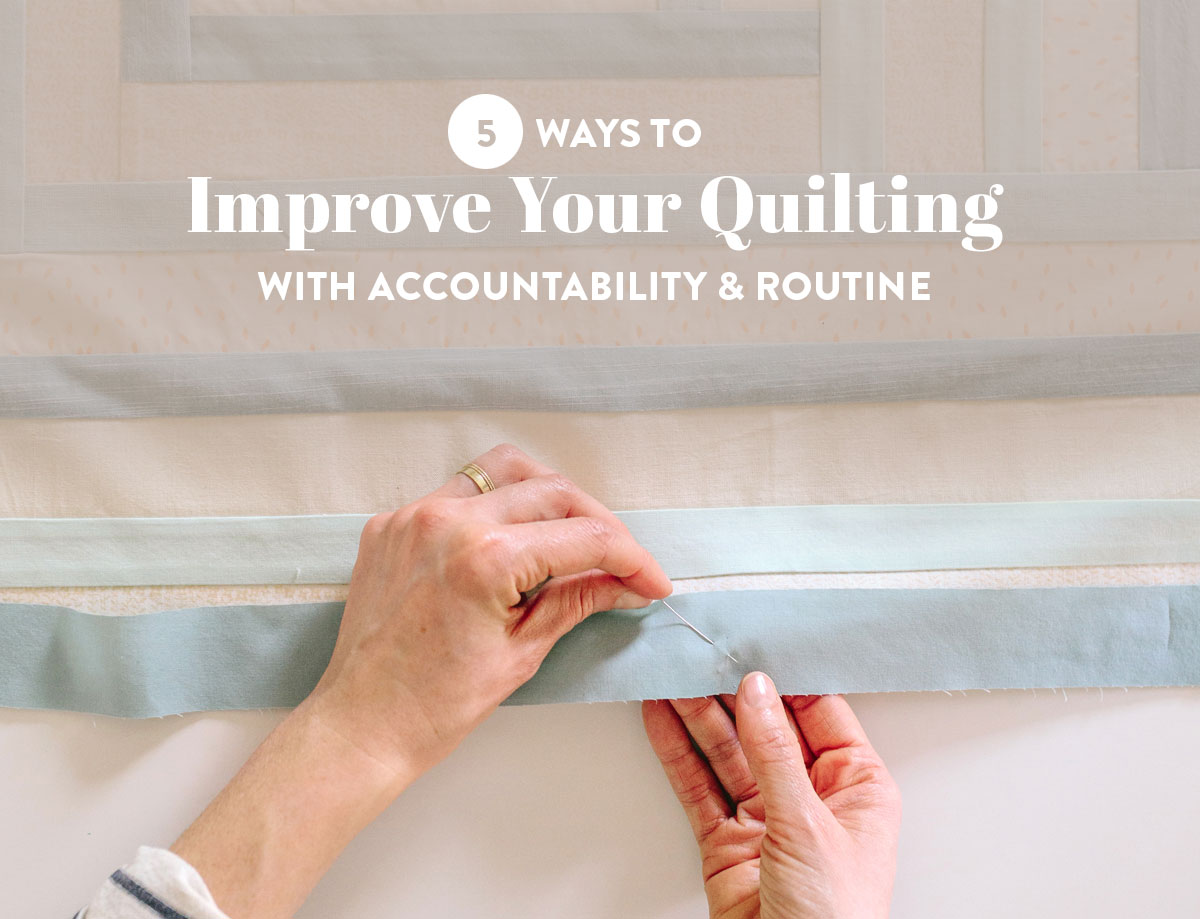
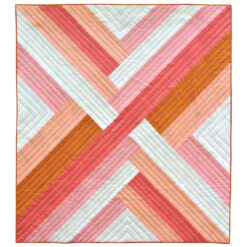
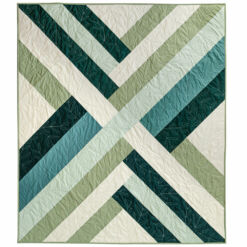
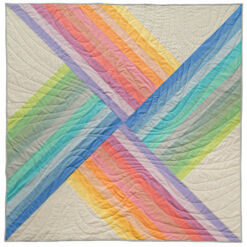
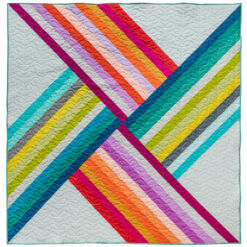
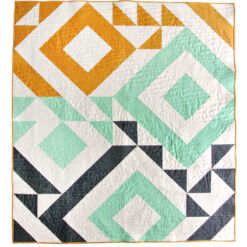
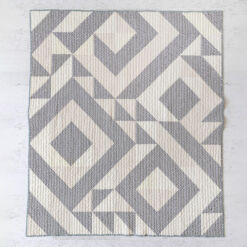
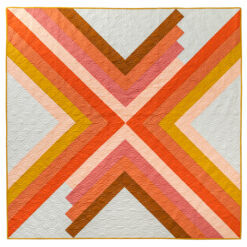
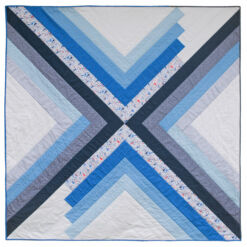
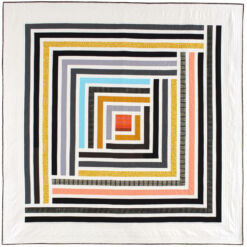

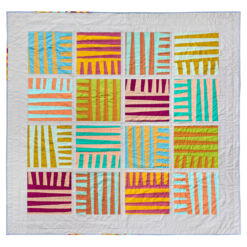
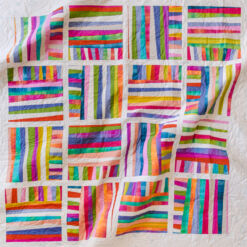
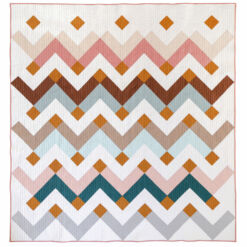
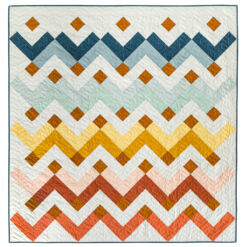
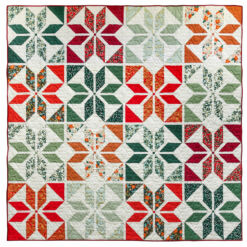
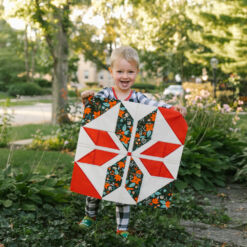
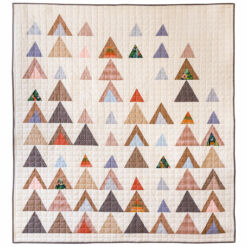
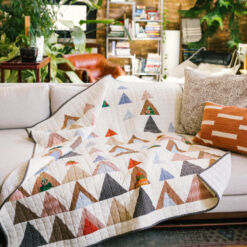


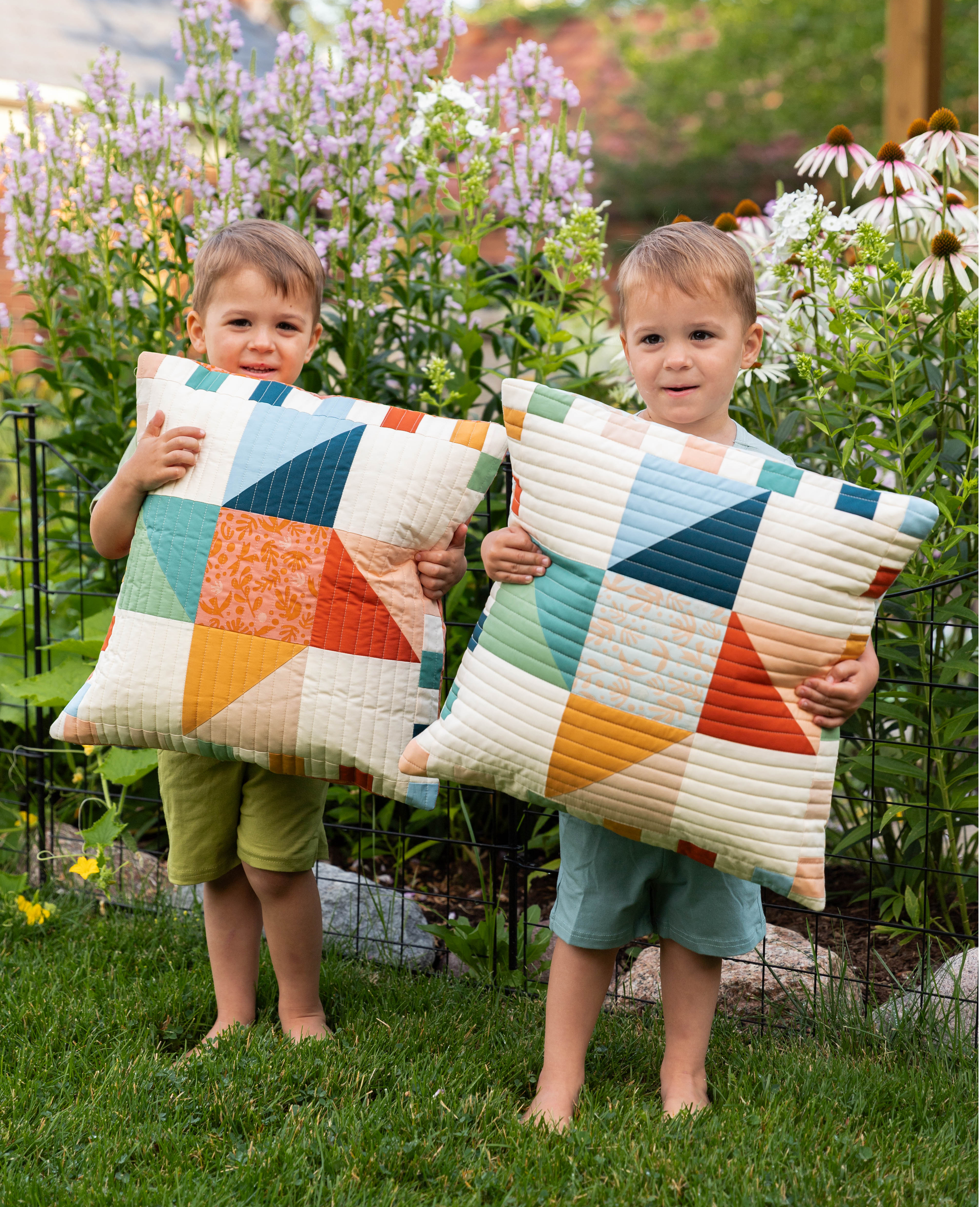

Thank you for these ideas and suggestions. Just what I needed!!
this missy! i’m so glad there were tips here that were helpful to you. which one do you think you’ll implement first?
Betty Dunn says: thank for teaching Accountability I did need that and I will put it into practice
you’re so welcome! it can be so helpful. keep us posted on how it goes!